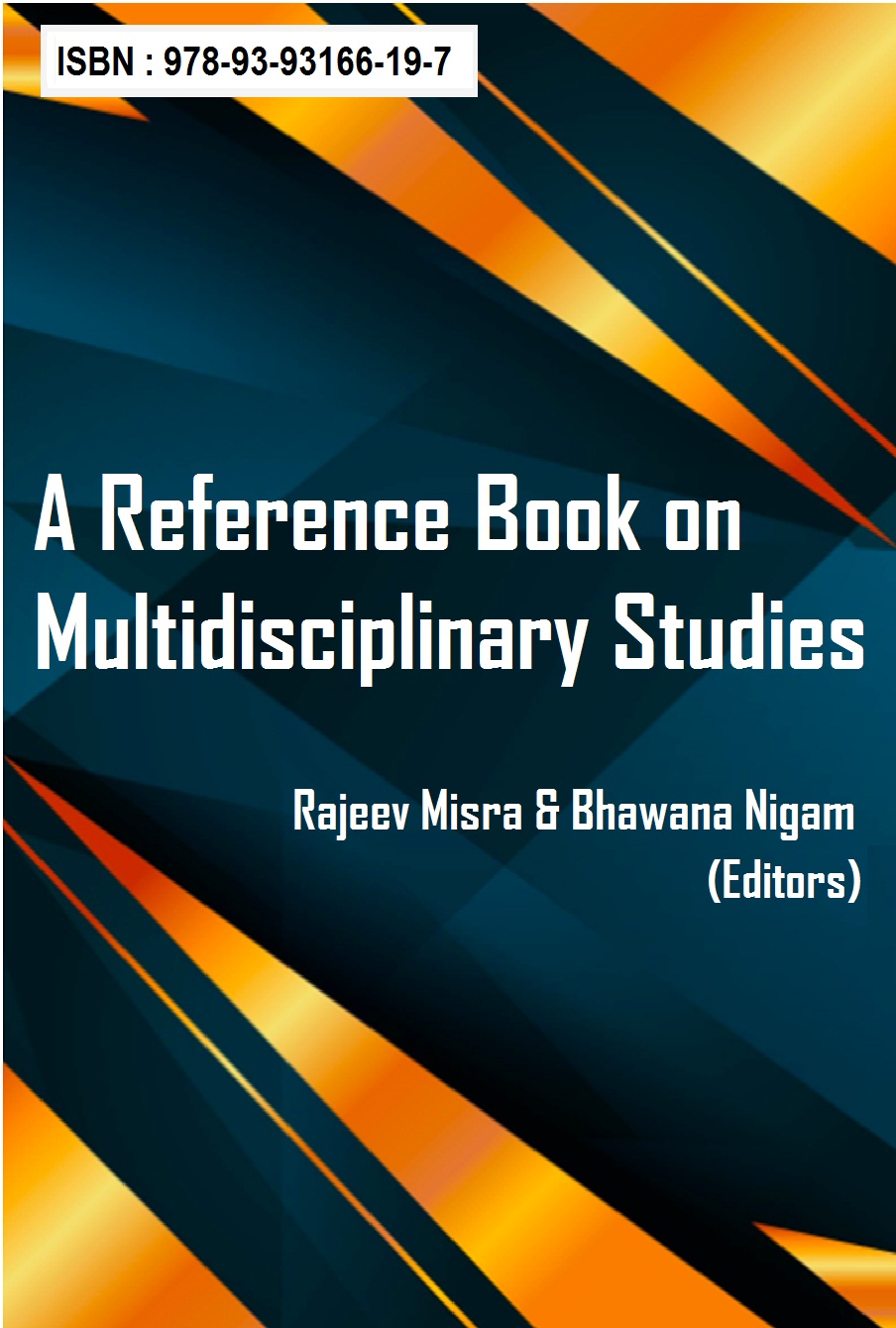 |
| A Reference Book on Multidisciplinary Studies ISBN: 978-93-93166-19-7 For verification of this chapter, please visit on http://www.socialresearchfoundation.com/books.php#8 |
Hamilton’s Principle |
|
B. S. Rawat
Associate Professor
Mathematics
D.B.S. (P.G.) College
Dehradun, Uttarakhand, India
|
|
DOI: Chapter ID: 16962 |
| This is an open-access book section/chapter distributed under the terms of the Creative Commons Attribution 4.0 International, which permits unrestricted use, distribution, and reproduction in any medium, provided the original author and source are credited. |
Abstract Hamilton’s principle is one of the great achievements of
analytics mechanics. It offers a methodical manner of deriving equations of motion
for many systems. Hamilton’s principle can be used as solution the basis for
approximate solution. Classical mechanics dictates that are always composed of
the same particles. It allows insight into the manner that the system is
modeled, as any modelling assumptions are clear and the effects of changing
basic system properties become apparent and are accounted for in a consistent
manner. Many researchers also corelates the insights and accuracy of the
modelled equations. Simplifications may also be made and Hamilton’s principle
can be used as the basis for an approximate solution. Classical mechanics
dictates that Hamilton’s principle could only be used for systems that are
always composed of the same particles. This has been to include systems whose constituent
particles change with time, including open systems of changing mass. In this
book chapter, I have included the principle and its extended version of
equations and showed through application to give examples how it could be led
to insightful observations about the system when it be modelled. Keywords: Variational principle,
dynamical system and configuration. Introduction Hamilton’s principle was formulated in 1834 by the Irish
mathematician William Hamilton. We have used the techniques of variational
principles of Calculus of Variation to find the stationary path between two
points. Hamilton’s principle is one of the variational principles in mechanics.
All the laws of mechanics can be derived by using Hamilton’s principle. Hence
it is one of the most fundamental and important principle of mechanics. Hamilton’s Principle: Hamilton’s
principle states that “the behaviour of any physical system will minimize the
time interval of the Lagrangian.” In other words, a physical
system that involves over time from t1 to t2 will
follow a path q = q(t) such that the integral becomes which we recognize as Lagrange’s equation. The integral The time development of a dynamical system will minimize
the action. Hamilton’s principle is some times referred to as, “the
fundamental principle of mechanics.” To make this a bit more explicit, consider a simple
physical process, such as the motion of a falling rock. This physical system
can be considered to evolve from some initial configuration at time t1 to
a different final configuration at time t2. Initially the rock is at
height h and has zero velocity. Therefore, the initial configuration is(q,q),(h=0) .
The final configuration (just before it hits the ground) is given by q=0 and Newton’s second law can be derived from the Lagrange
equation. As an illustration, consider the one-dimensional motion of a particle
of mass m. Assume the particle is acted upon by a conservative force F. In one
dimension, if F is conservative, it can be obtained from the potential
energy V=V(x) by. as expected.Thus, Newton’s second law is a consequence of Lagrange’s equations and Lagrange’s equations are a consequence of Hamilton’s principle. I suppose you might conclude that Hamilton’s principle is more fundamental than Newton’s laws. However, I don’t think many physicists would agree with you. Newton’s laws are the basic relations from which all of physics has been derived. Hamilton’s principle is a beautiful, sophisticated, and elegant way of describing the way nature behaves, but it is not required for understanding physical processes. On the other hand, Newton’s laws are necessary and sufficient for our understanding of nature. Conclusion Hamilton’s principle has been derived, in its classical
form. It is very powerful principle in that it will yield the correct equations
of motion with proper use of initial velocities and accelerations is ensured. References 1. D. B. Mclver. Hamilton’s principle for systems of
changing mass. Journal of Engineering Mechanics, 7(3):249-261, 1972. 2. A. Wang, Z. Zhang, and F. Zhao. Stability analysis of
viscoelastic curved pipes conveying fluid. Applied Mathematics and Mechanics,
26(6):807-813,2005. 3. Y. C. Fung. Foundations of Solid Mechanics. Prentice-
Hall, Inc, Englewood Cliffs, New Jersey, 1965. 4. H. N. Chu and G. Herrmann. Influence of large amplitudes on free flexural vibrations of rectangular elastic plates. Journal of Applied Mechanics, 23:532-540, 1956. 5. H, H. E. Leipholz. On an extension of Hamilton’s variational principle to nonconservative systems which are conservative in a higher sense. Inglenieur Archiv, 47:257-266, 1978. |